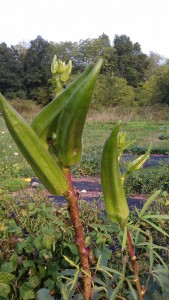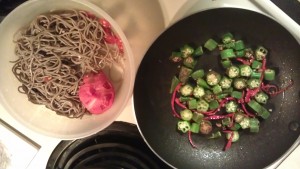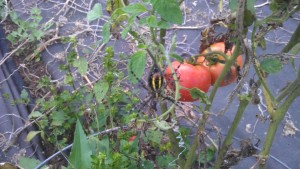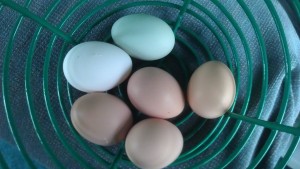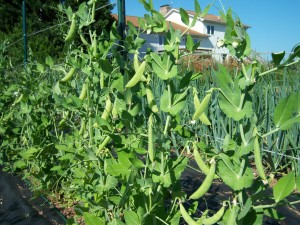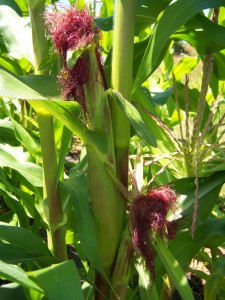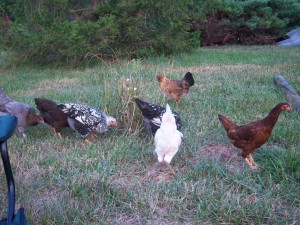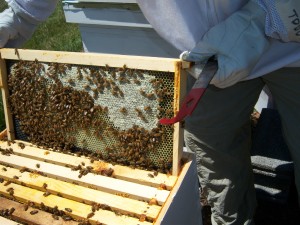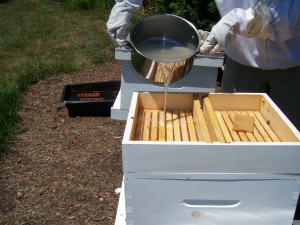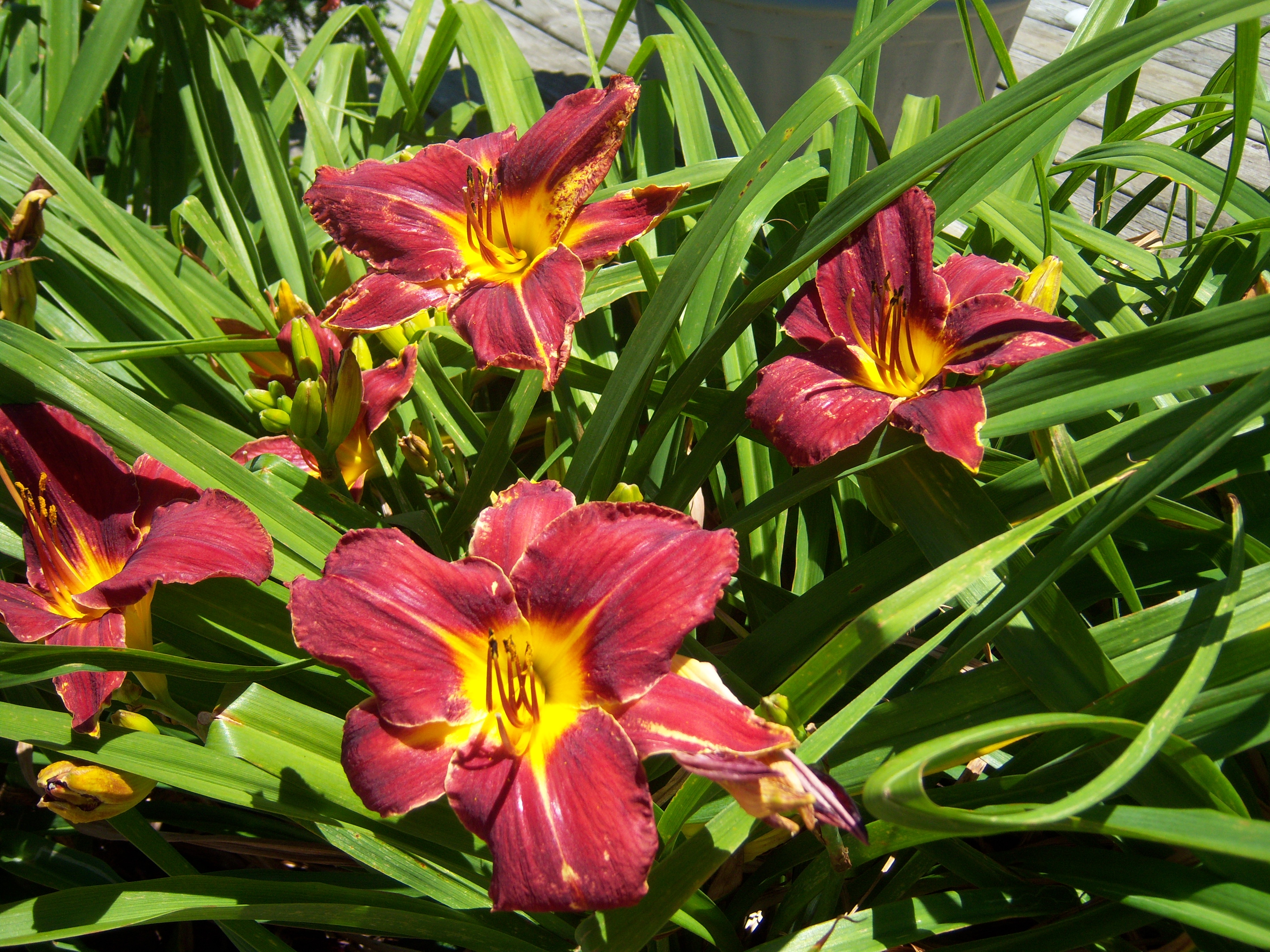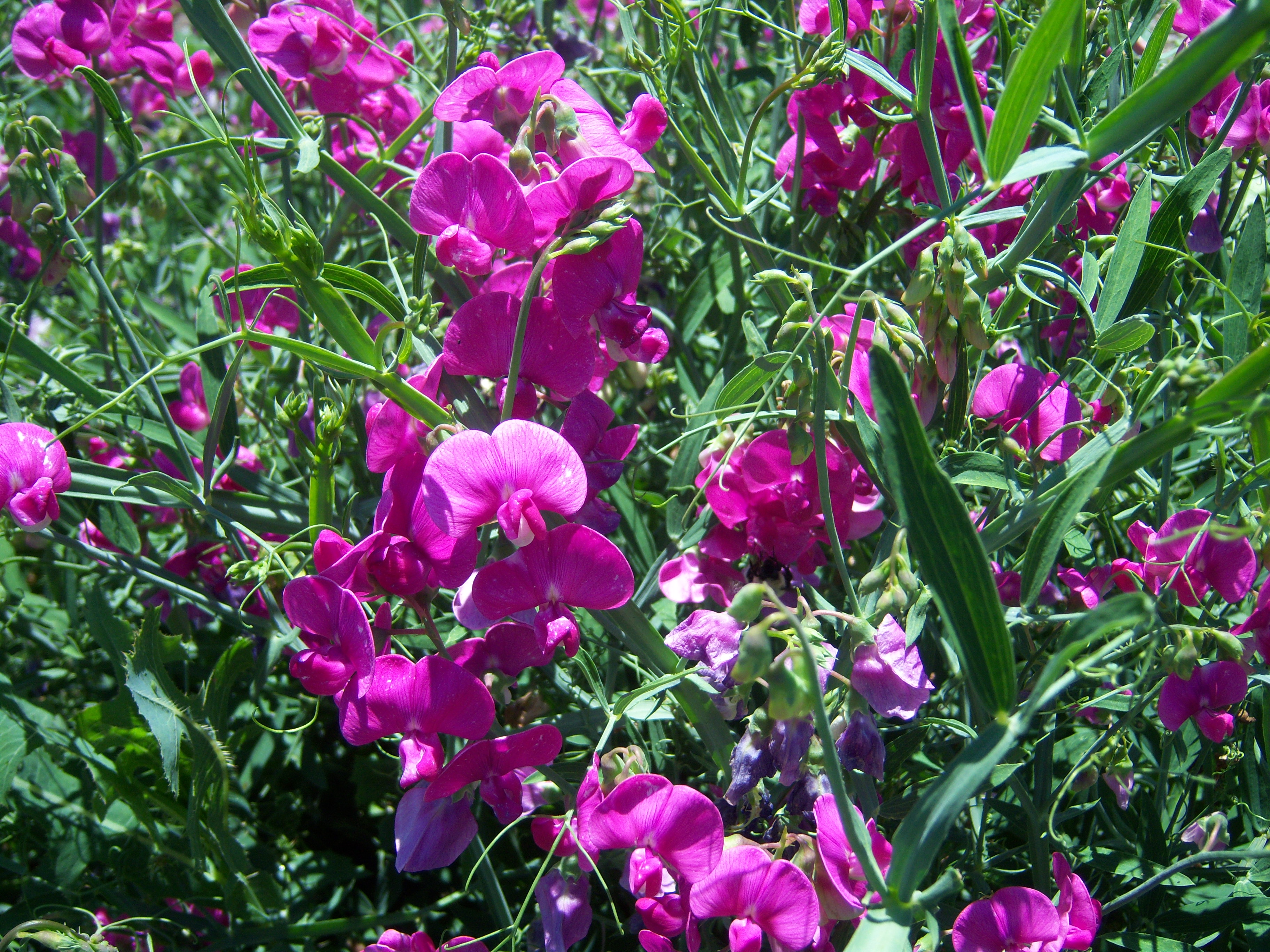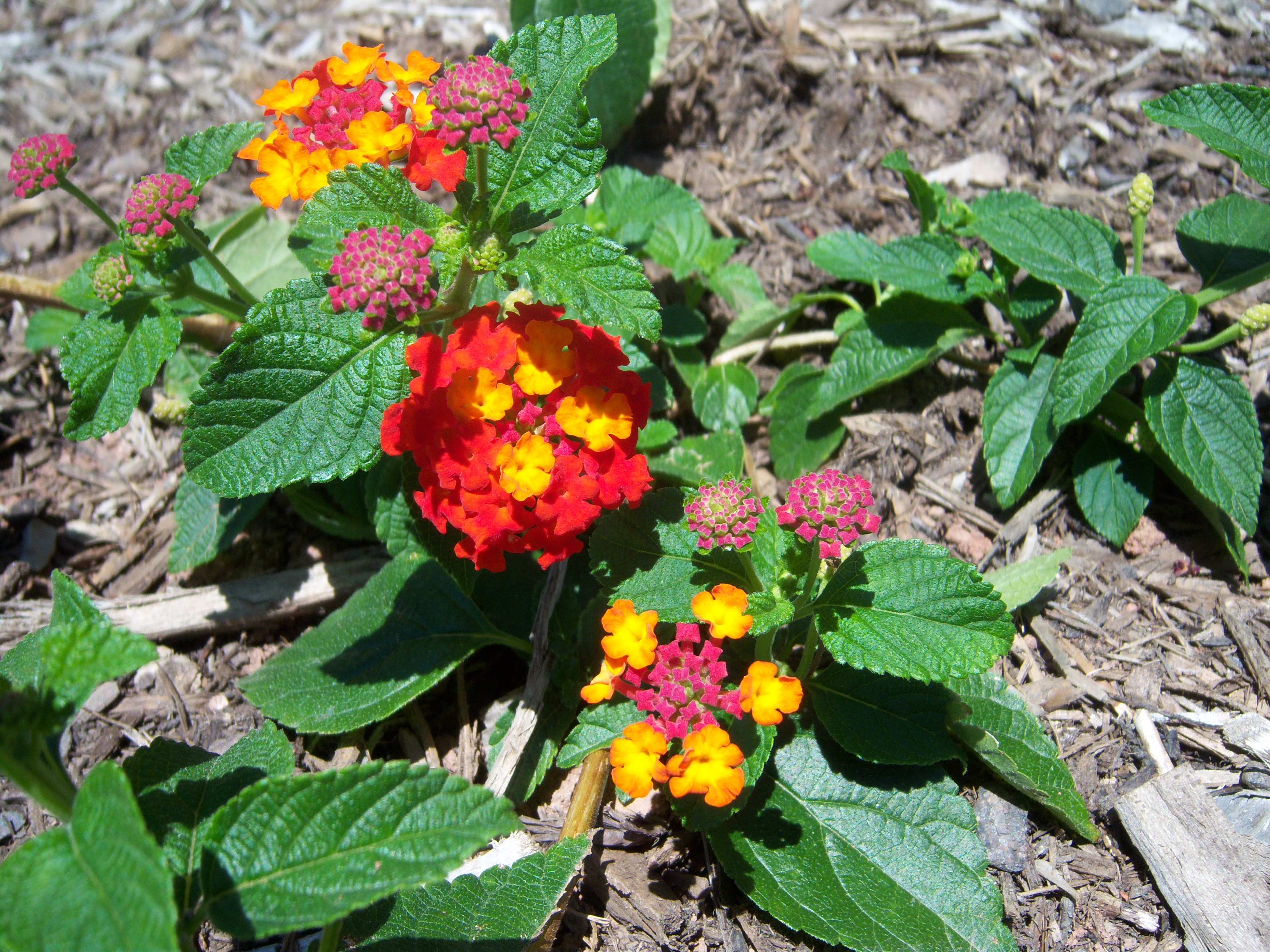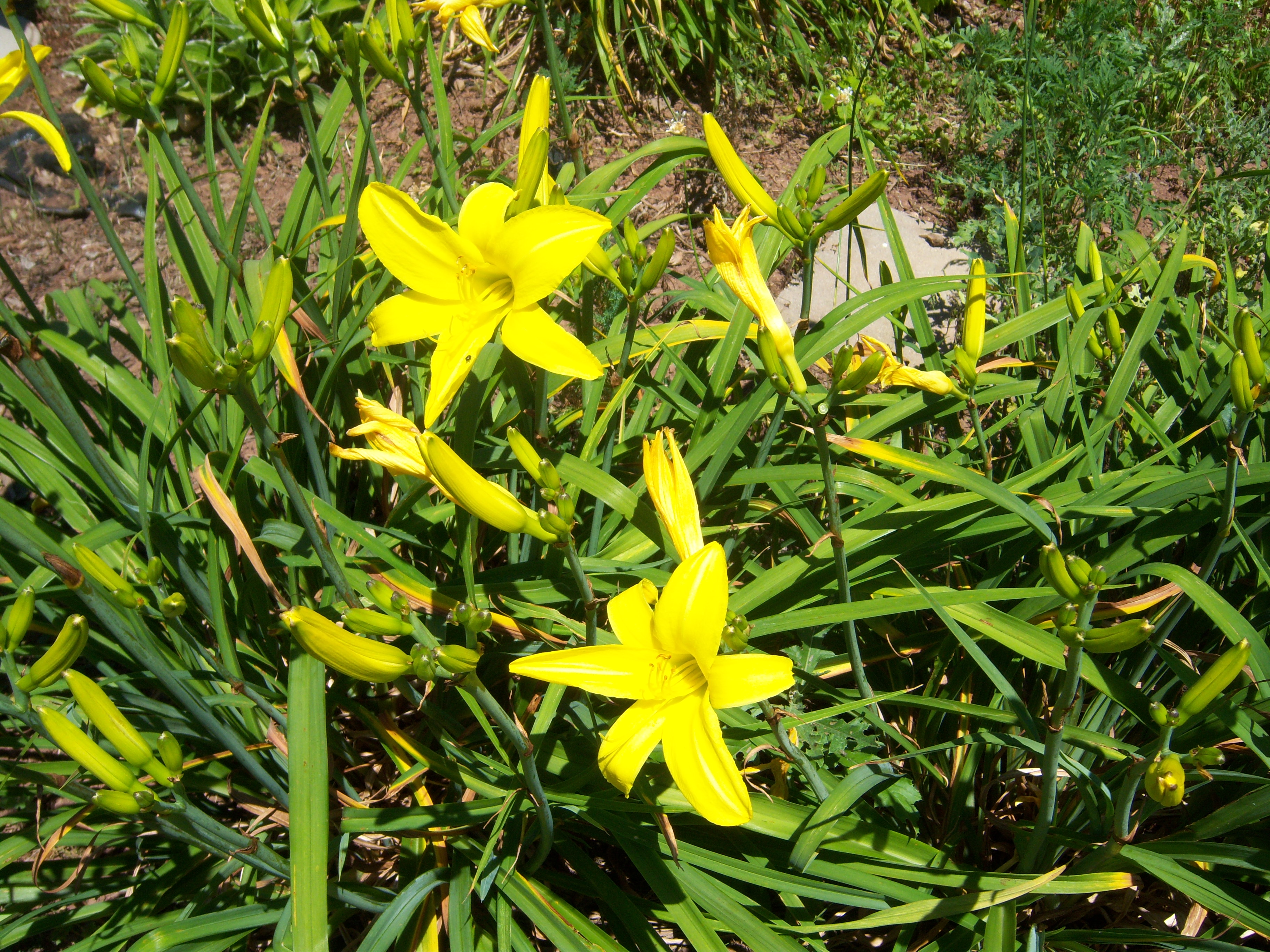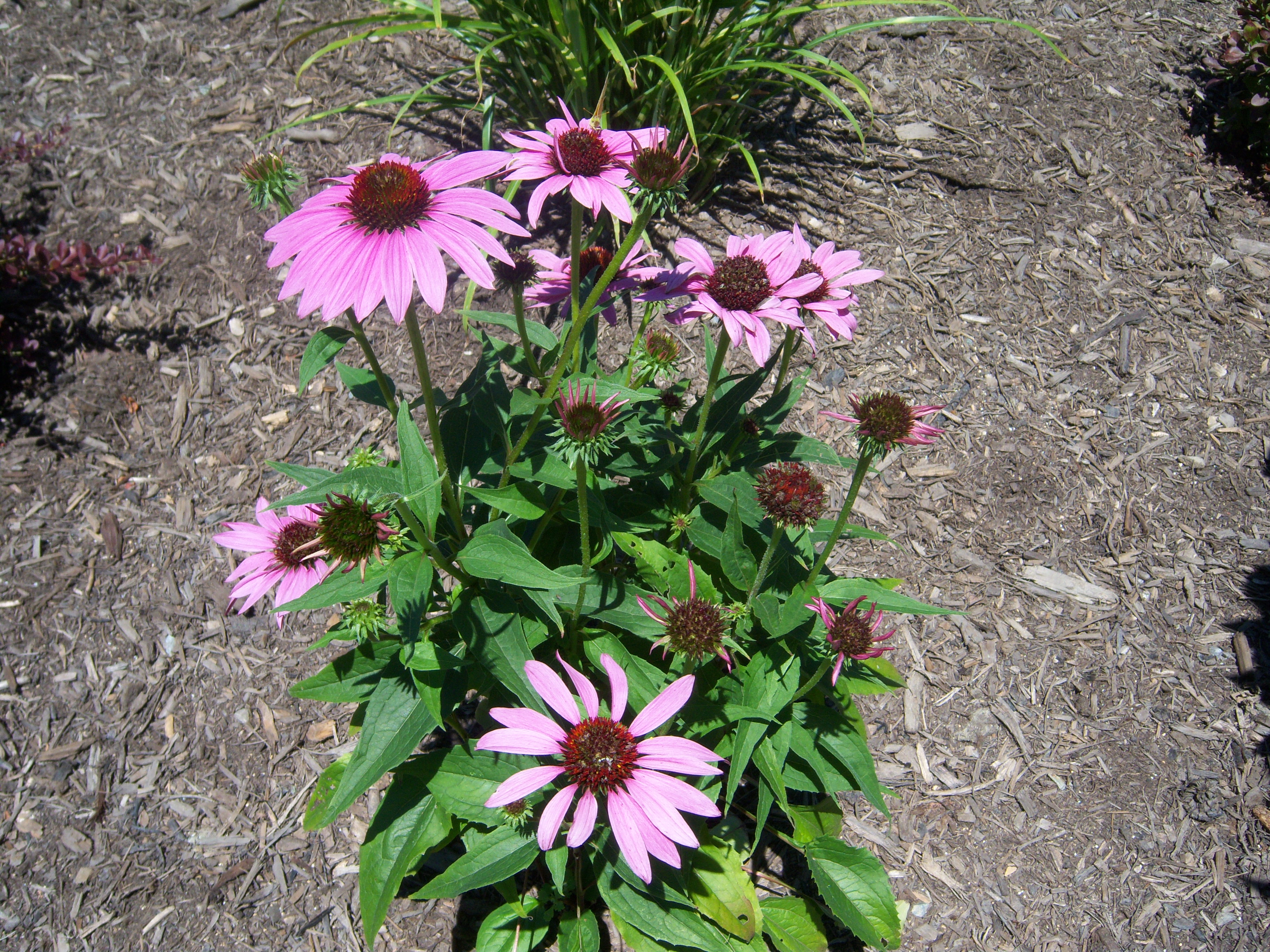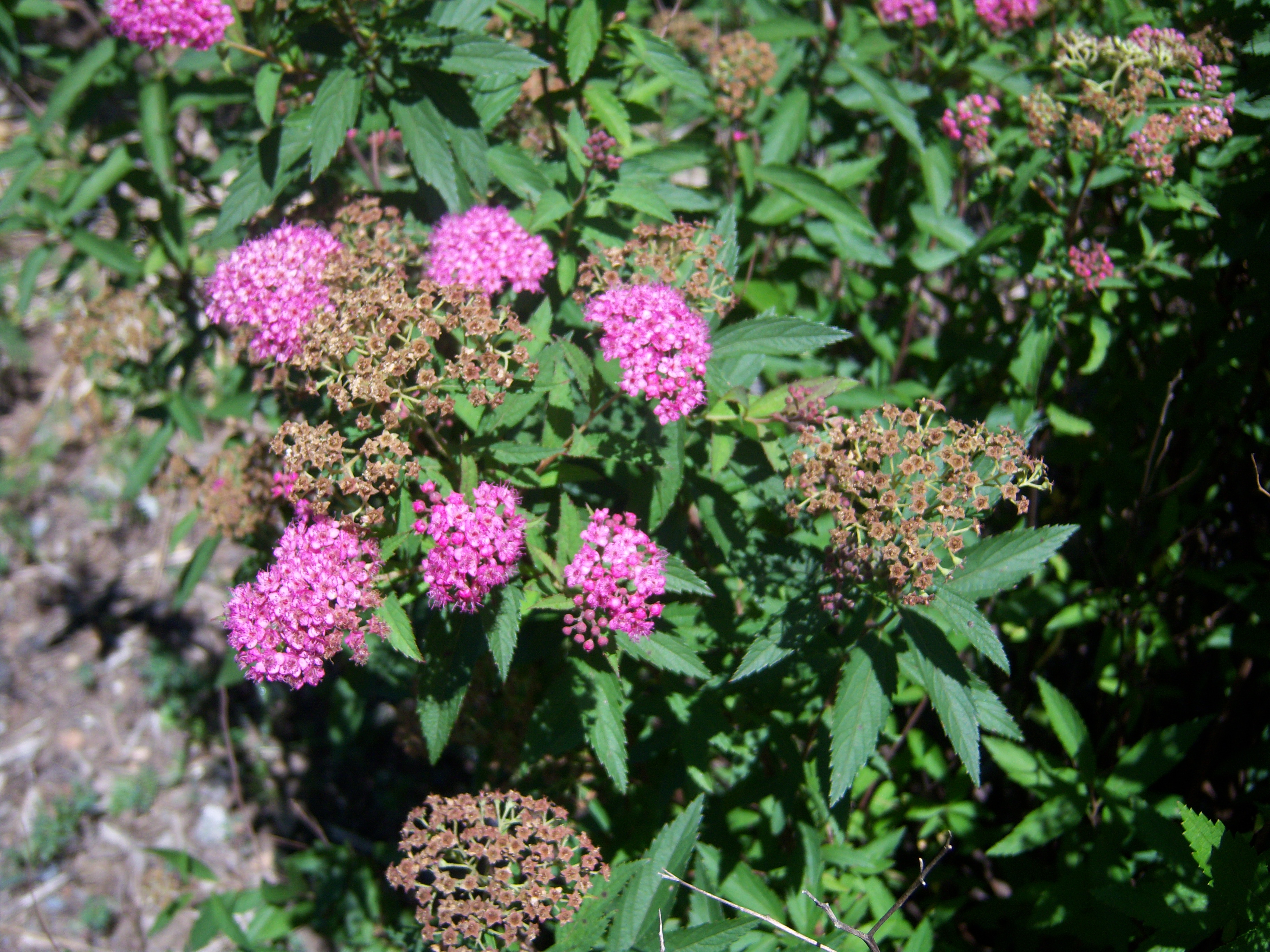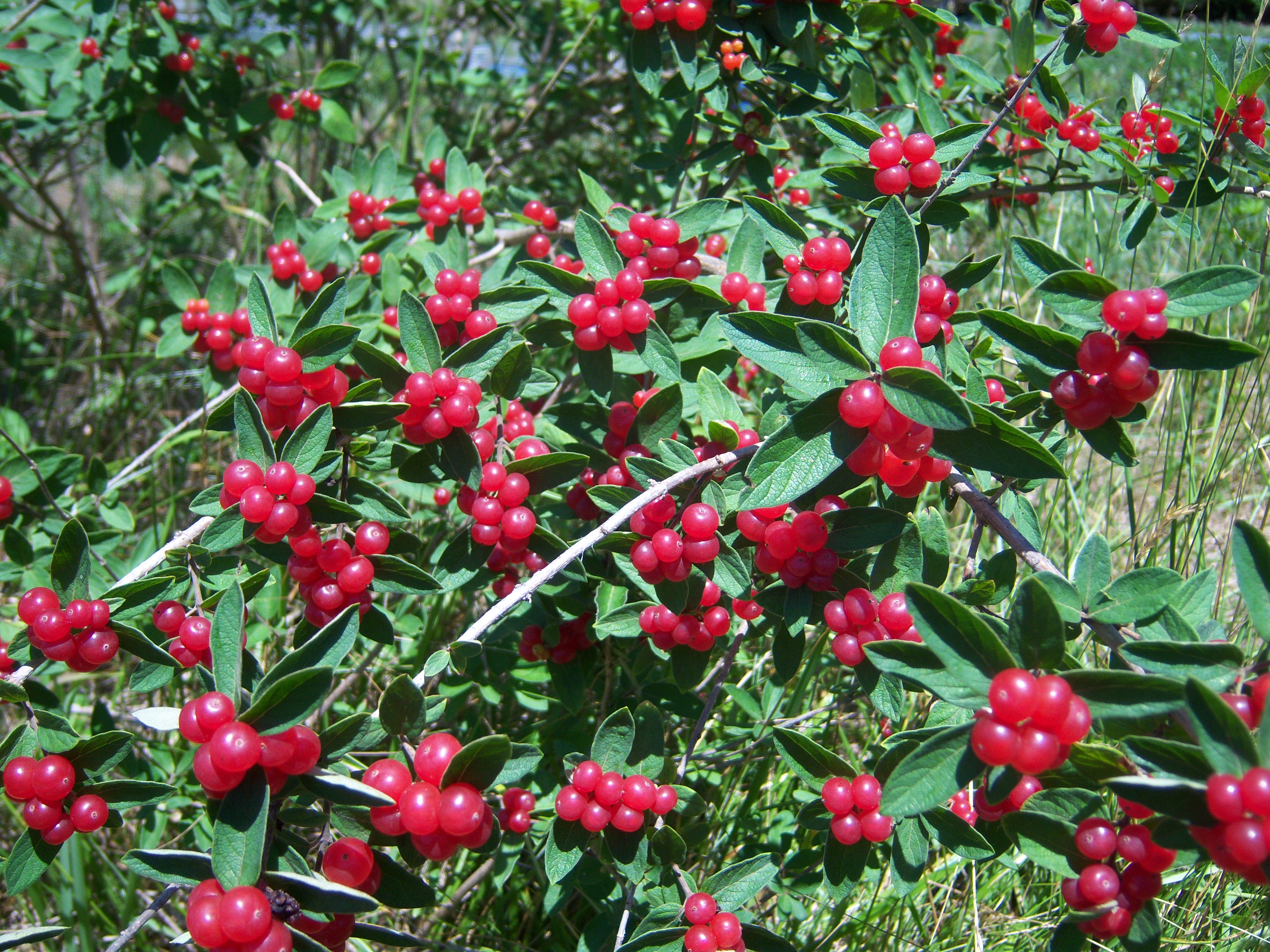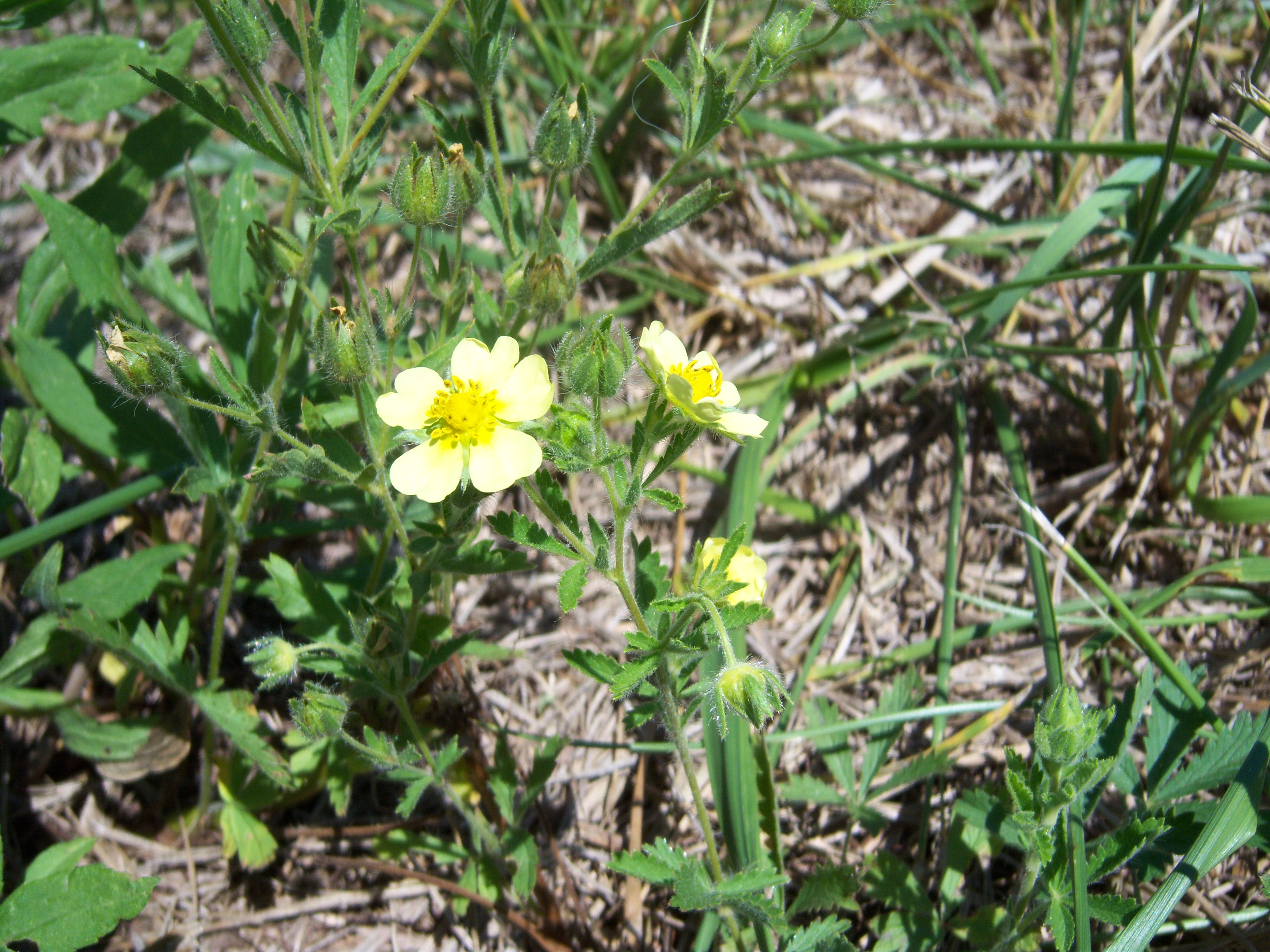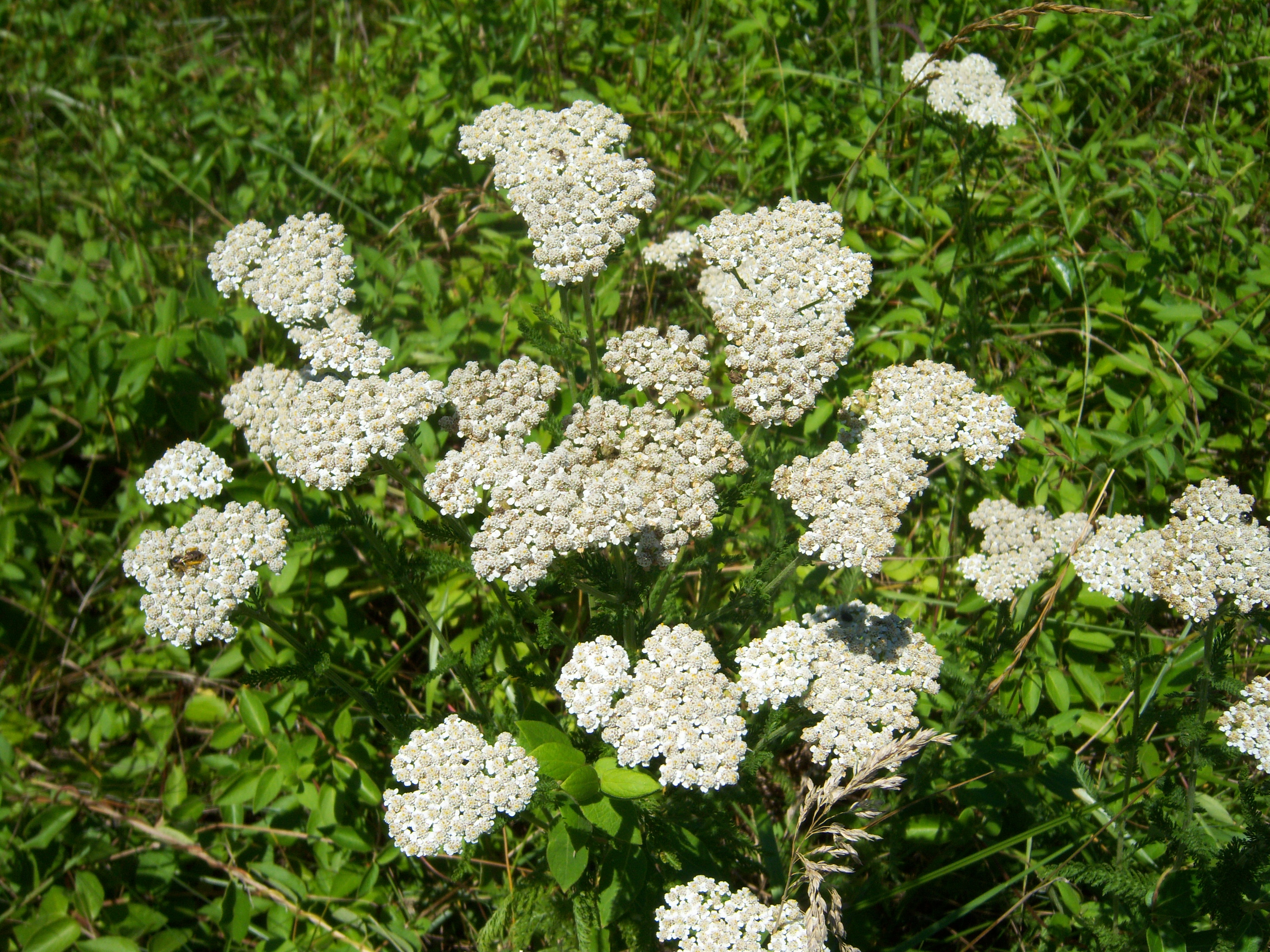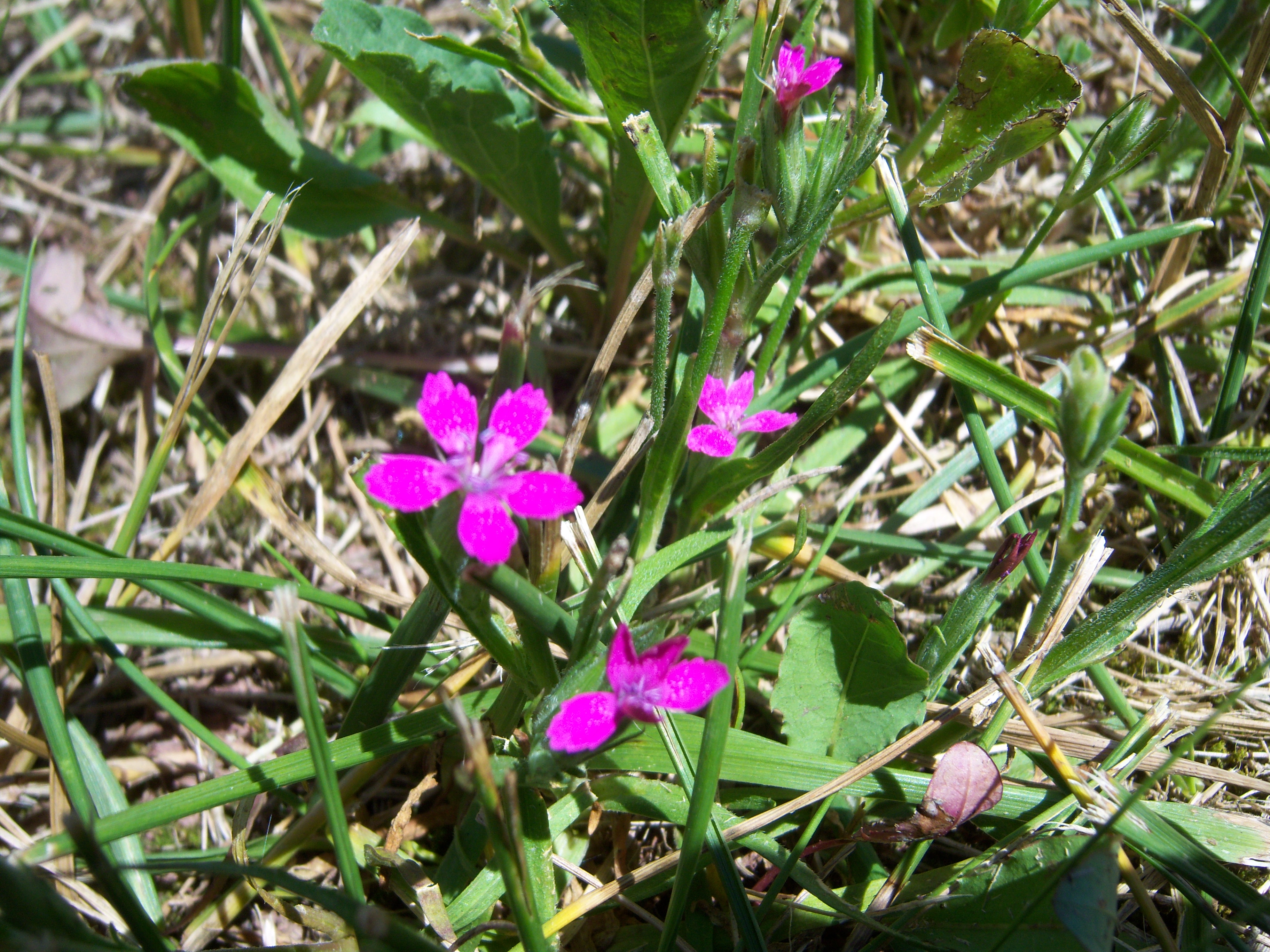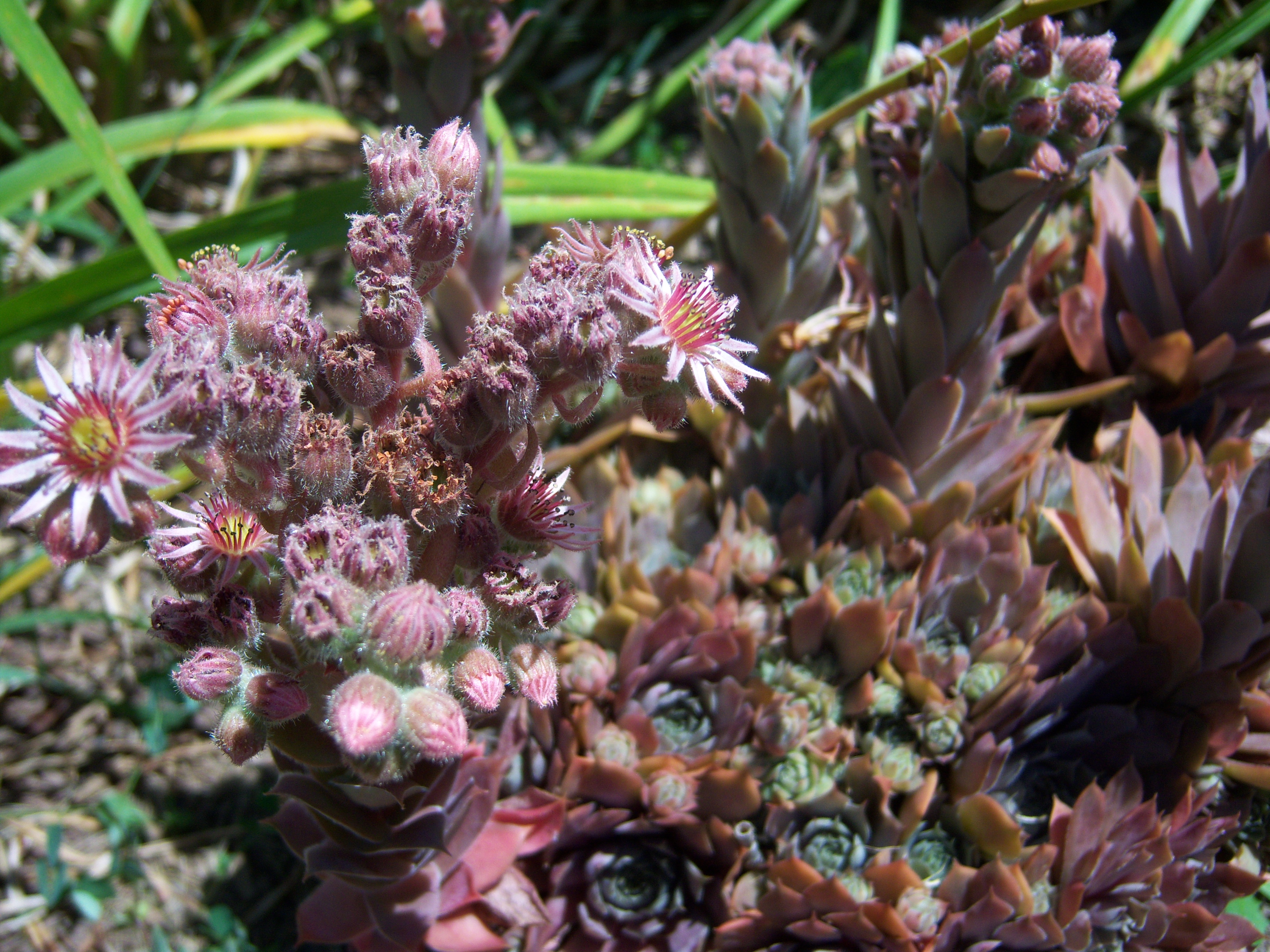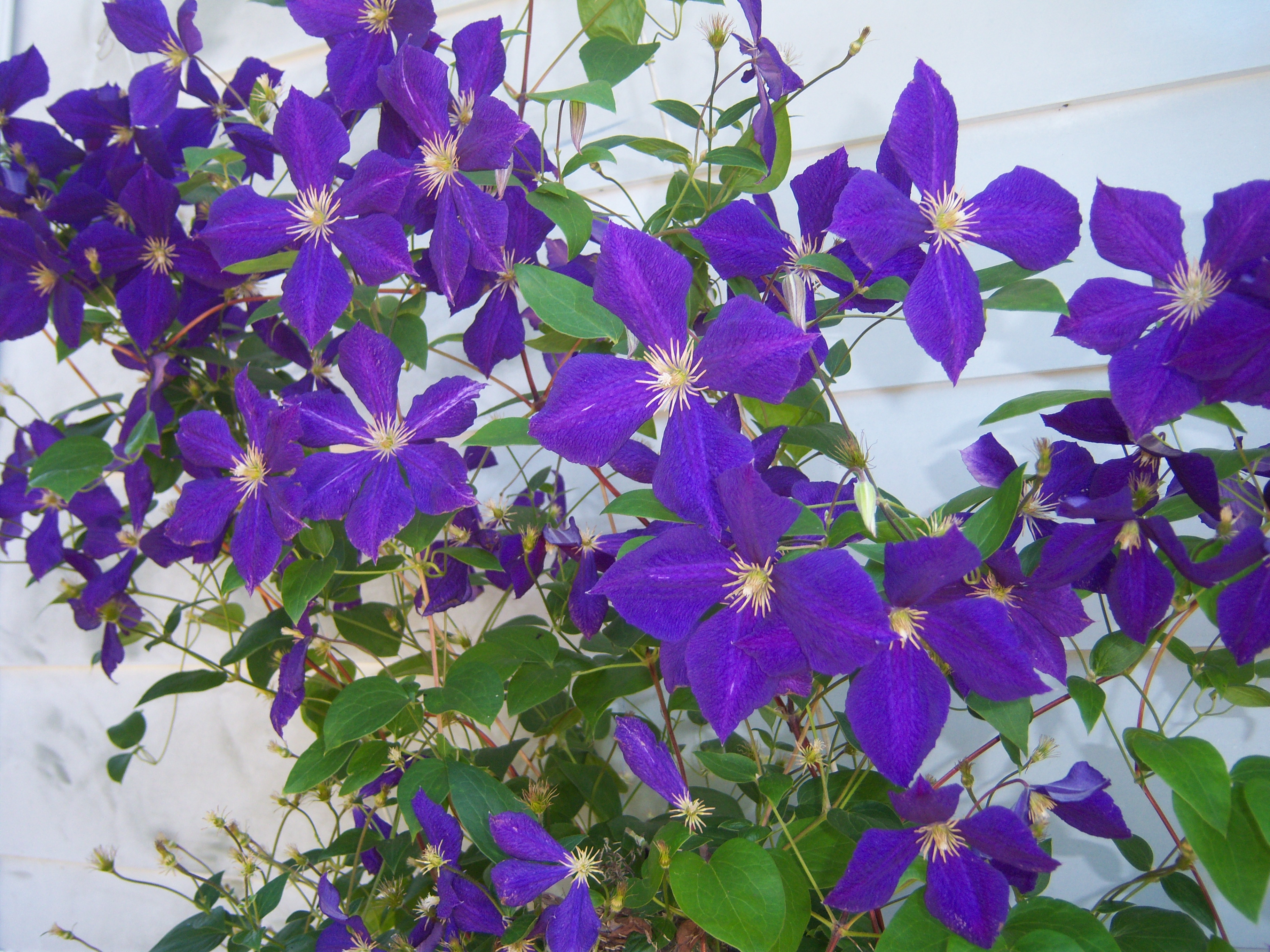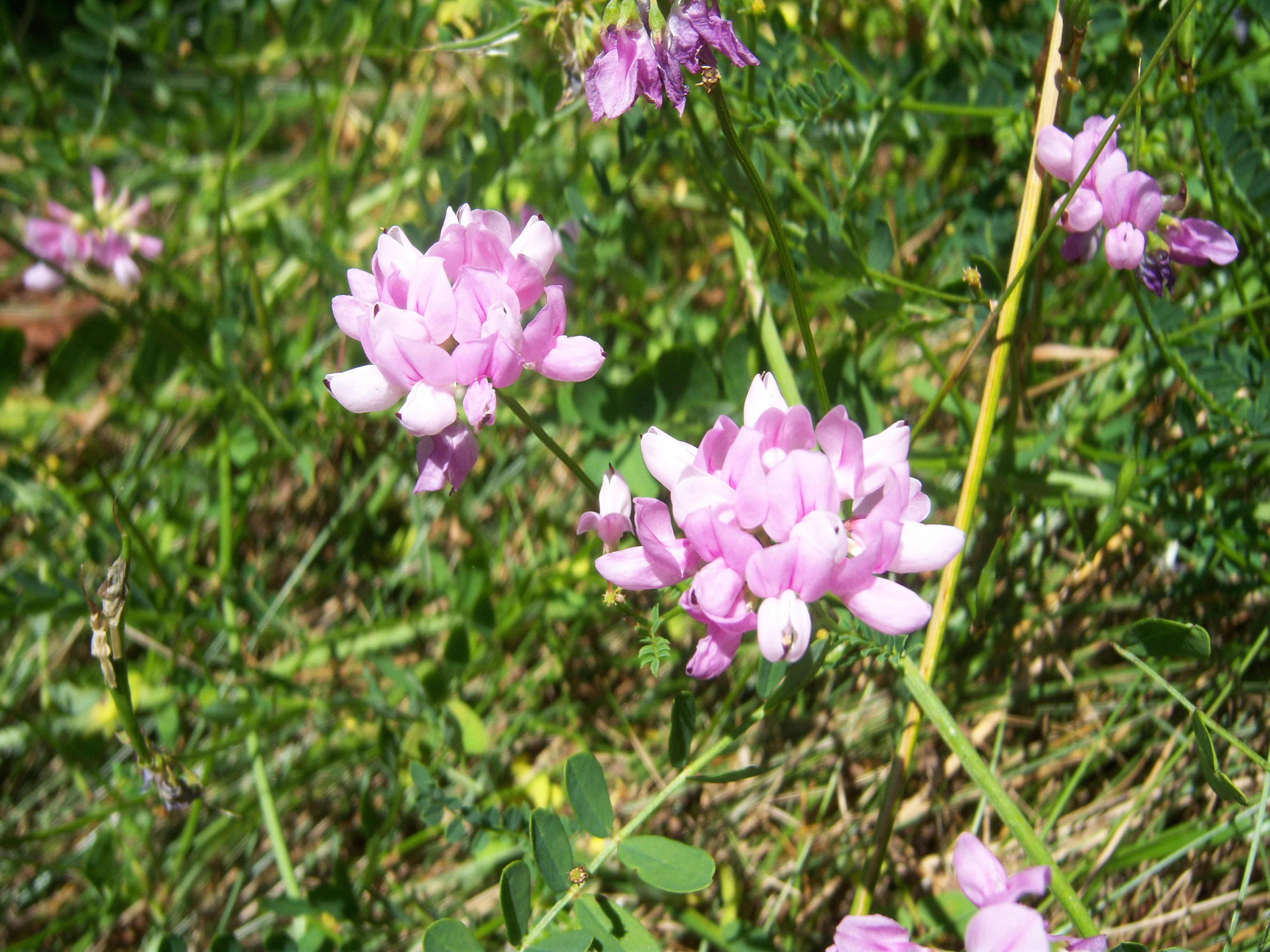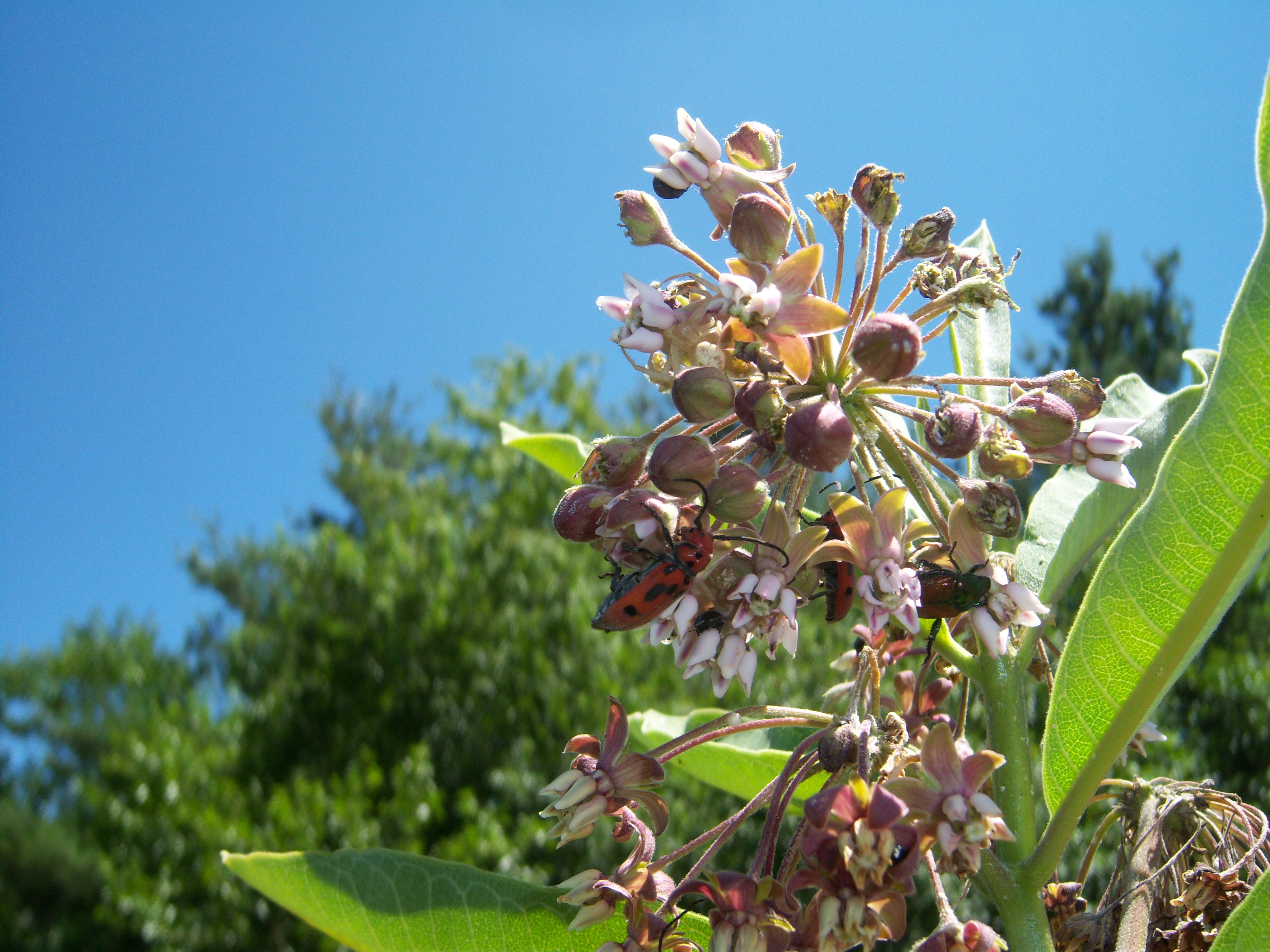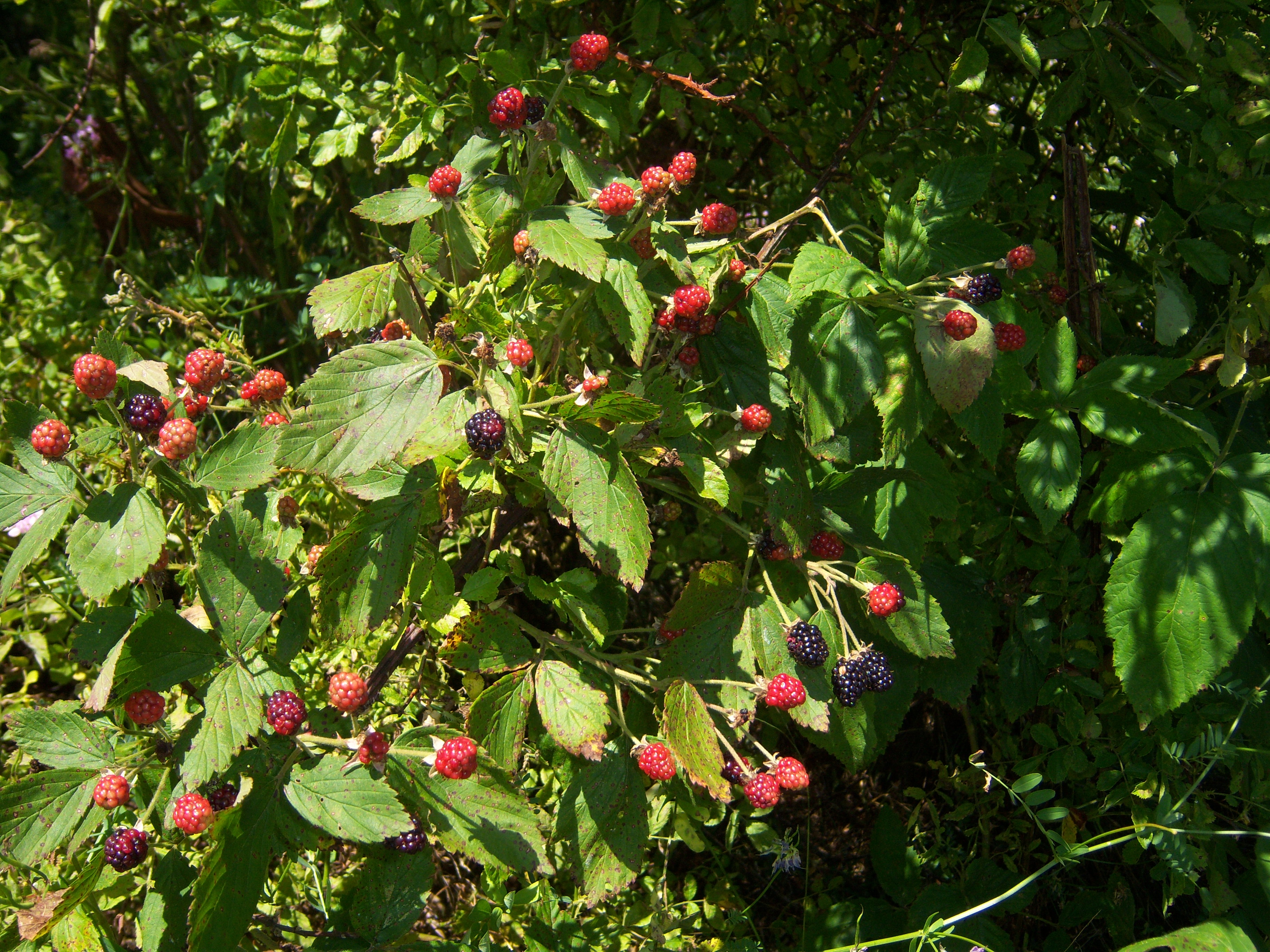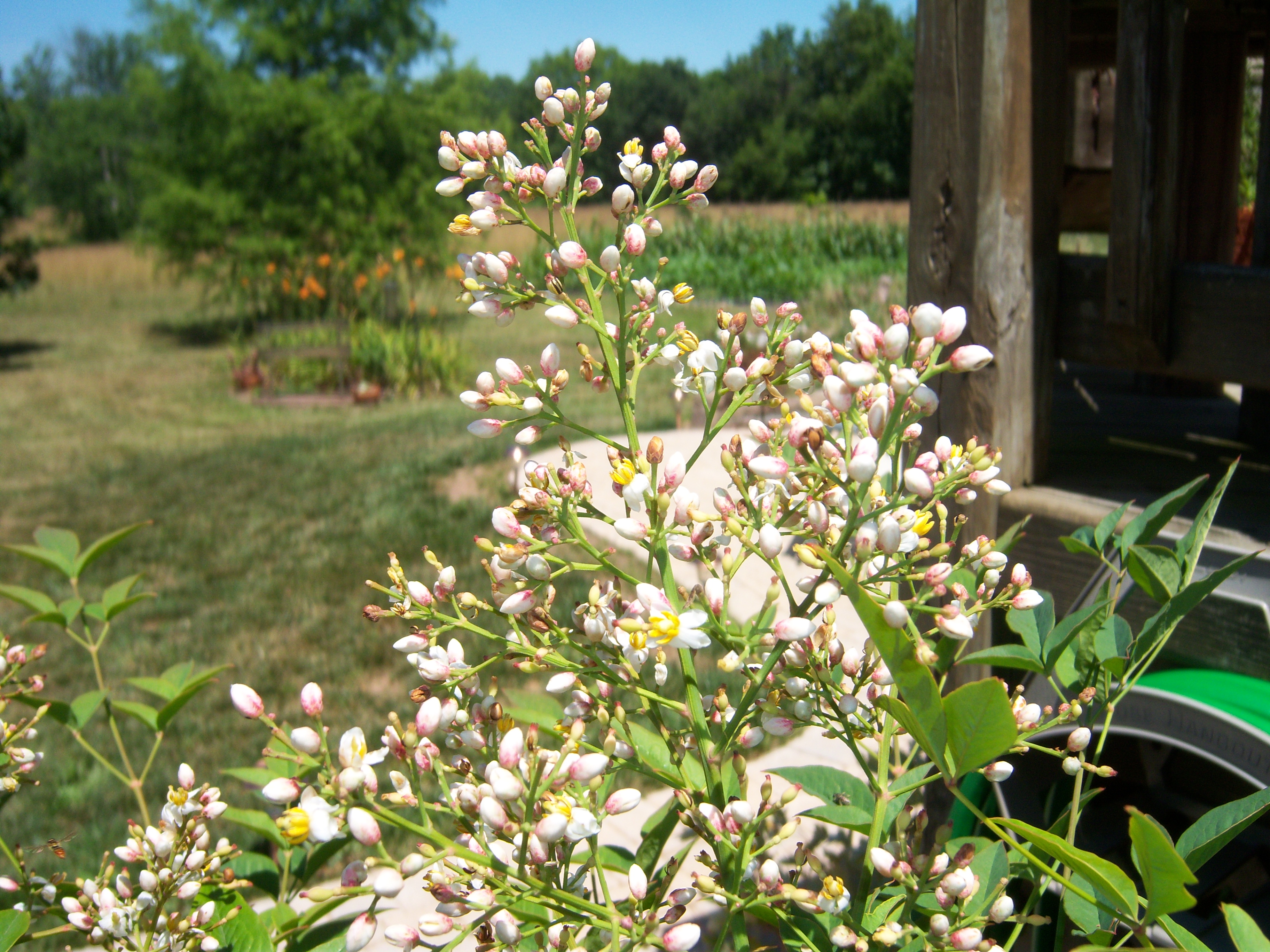todd
Warning: Missing argument 2 for wpdb::prepare(), called in D:\home\littleluceyfarm.com\wwwroot\blog\wp-content\themes\mystique\core\Atom.php on line 2280 and defined in D:\home\littleluceyfarm.com\wwwroot\blog\wp-includes\wp-db.php on line 1210 Warning: Missing argument 2 for wpdb::prepare(), called in D:\home\littleluceyfarm.com\wwwroot\blog\wp-content\themes\mystique\core\Atom.php on line 2280 and defined in D:\home\littleluceyfarm.com\wwwroot\blog\wp-includes\wp-db.php on line 1210 (6 comments, 80 posts)
This user hasn't shared any profile information
Posts by todd

Garden update
1The garden is different every year. It is planted with different crops in different rows and the size has increased somewhat each year. I am already thinking about where the expansion will take place next spring. But it always surprises me in some way. This year we planted a few new things including corn and okra. The corn was a minor disappointment (bugs got more corn than we did), but the okra was a real winner. We planted two varieties and I think one did better than the other, but both are still producing. I even planted a second half-row which is only now starting to flower and bear fruit. It looks terrific. Now this might not be as exciting if you don’t like okra, but I do and I am very pleased with the results. I have been eating a lot of it mostly broiled. With the new crop coming in, I hope I can get some in the freezer.
Another new crop this year was edamame. This is just a variety of soybean. I have never grown regular soybeans, so I really don’t know what the difference is. They have taken a long time to mature and are now just about right to start picking. They were planted a few weeks after the squash and about the same time as some as some other beans. The beans and squash are pretty much done producing, but the edamame is just beginning.
It seems like peppers always have a long growing season and this year is no exception. We have a good crop of Hungarian Wax which are my favorites – not too hot, not too bland, just the right amount of ‘heat’.
The thing that changes every year, of course, is the weather. Like last year, we had a drought this year. It was earlier this year than last occurring in June and July. Since then we have had a lot of rain. Like today, for instance – it’s been pouring for a few hours. The garden loves the rain in the long term, but without enough sun and hot weather, the plants just make lots of green stuff and not much fruit. The bees aren’t out pollinating when it is raining.
Most of the tomatoes have rotted or split open and they become chicken treats. I haven’t had a nice tomato for the kitchen in several weeks. I’m not sure if the rain helps or hurts with insects, but I did see a beautiful spider on guard in the tomato patch.
I still have hopes that we will get more tomatoes and that we can even can a batch or two. But it will depend on the weather. It probably won’t happen unless we get a stretch of dry hot weather in the next couple of weeks.

First Ameraucana egg
0Yesterday, we got our first Ameraucana egg of the year. About two thirds of our spring chickens are laying now and we have been holding our breath waiting for the two Ameraucanas to start. So yesterday was the day. No egg today, but that’s normal. When they start laying, we might get an egg every two or three days. I think it is probably Eleanor, but it could be Emily. Maybe I’ll catch one of them in the nest box tomorrow. Ameraucanas are ‘special’ because they lay the green-blue eggs. If you hadn’t guessed already, it is the egg at the top of the picture.
Egg chorus
1Our two year old hens are good and reliable layers. They were purchased as day old peeps in a package called, something like, “Ornamental Layers.” They were supposed to be unusual or exotic breeds that were also pretty good layers. We received a nice variety including White Crested Black Polish, Silver Phoenix, Mottled Hudan, Ameraucana, Crevecoeur, and Dominique. They are beautiful and have turned out to be pretty good layers. Some of the birds lay small to medium sized eggs, but a few lay nice large eggs.
Some days the girls spread out their laying throughout the day, but some days they seem to all want into the nest boxes at the same time. On those days it is not unusual to see three hens all squeezed into one box vying for a spot.
When a hen is getting ready to lay or has just laid an egg, she is often rather proud of her accomplishment and announces it to the world by squawking about it for a few minutes. When several hens are laying around the same time they will join in to produce a rather jubilant chorus. It might only last a few minutes, but it is something to hear. If nothing else, it is a reminder to me to go collect eggs soon.
Tale of two hives
0Today I must have smelled like a bear. Or maybe a skunk.
I was walking by my hives and I stopped to watch for a few minutes as I often do. I pulled out my new smartphone to shoot a short video of what I was seeing – one hive was as quiet as could be and the other was busier than I have ever seen it – so I thought I would document it. It was a beautiful afternoon and I was shirtless. I was perhaps 10 or 15 feet from the hives and shot the video without incident. As I was turning off the camera a lone bee decided I was a threat and I got stung on the face. Oh, right, no veil either today. I often sit quietly just a couple of feet from the hive entrance a little off to one side and watch or take pictures and I have never been harassed or stung before. But today was a different day. I got my first sting.

Late summer honeybee inspection
0I had not done an inspection in about a month, I think, until this past Friday, as Hurricane Irene was fast approaching. The results were interesting and encouraging. I had only just removed the entrance reducer a few days earlier, which I probably should have done a month or two ago, and there seemed to be lots of bees coming and going as well as more and more of them ‘bearding’ up along the front as well as under the screened bottom board.
I continue to feed them even if I don’t do an inspection. For August I have been using a 1:1 sugar to water mixture. The past two feedings I have used 10 pounds of sugar which means roughly five pounds in each hive. I pour the liquid in, so I don’t know if I get it distributed exactly half in each hive. Each time I feed, the liquid is completely gone and I am not sure if this ‘feast to famine’ technique is bad or not for the bees. I’m hoping not. I also switched the top board and feeding box. I used to have the top cover on the hive body and the feeding box on top of that. It was pointed out to me (thanks, Ed) that this was not such a good idea because it forced the bees to be in the center in order to reach the food. The top cover just has a small oval hole (about 2 in by 5 in). So now the feeder is right on top of the frames and can be accessed along the entire width of the hive box. This is followed by the top cover and the telescoping lid.
As you can see in the slide show, the Anaheim hive uses black plastic foundation and Boston uses all beeswax foundation. It is easier to see the comb development on the black foundation. I still don’t really know if there is any significant difference in what the bees like or in how well the two foundations function. As I worked my way in from the outer most frame on one side toward the center, you can see the increasing amount of comb being drawn. Anaheim also shows how much brood is being produced. Although I didn’t get a picture of her, I did spot the queen on the second or third frame. Assuming that she generally works her way from the center out, it was a good bet that there would be strong brood already in place toward the center. As you can see, as I made my way to frames three, four, and five the brood was indeed good there.When I closed up Anaheim and moved over to Boston, I found a different story. Recall that Boston has always been more active with more bees coming and going. I assumed that I would find even more brood in this hive. On the contrary, comb was about the same, but there was no brood at all. I don’t think the queen had even made her way up into the second story box. What I found instead of brood was some honey stores. There was not as much honey in Boston as there was brood in Anaheim, but I was happy to see any at all. i don’t know what hive development will look like moving into the fall, but storing honey must soon be the priority. Perhaps Boston has the population is needs now and is ready to store honey, whereas Anaheim is still needing to build its population and will start honey production in a couple more weeks. If this is so, then Anaheim is still the same two weeks behind Boston that is has been all season. I can’t wait to see what the hives look like in two weeks.
I major question I have at this point is should I be inspecting the lower box, too. It seems like it would be so disruptive, I really didn’t think I should do it. If I needed to, though, how would I go about it? Would I just lift the entire top box off frames and all? This problem will just get worse when a honey super is placed on top of the second brood box. I will need to ask some ‘experts’ about this.
Each time I feed the bees I am pouring the syrup into the empty feeder and disturbing the bees as well as the small hive beetles. I kind of like this process, because I get a snapshot of the population of beetles. This time was about the same as all the others. I probably saw and squashed about 10 to 15 in each hive. That doesn’t seem like an excess, so I continue to monitor and not put any traps into the hives.
One final note. I strapped the hives down just before the hurricane. It probably wasn’t necessary, but was easy to do and a good precaution. The wind was not quite as bad a predicted and the hives were fine.
Rain on the Bee Parade
0Normally, this might sound like a bad thing, but I think the bees are grateful for any drop of moisture at all. We got a shower and then the sun came out, followed by another shower and more sun. Each time the sun shows its face, the bees get quickly to work bringing in precious water, nectar, and loads of pollen. It seems they get more pollen in the morning then in the late afternoon, but I have never seen so much coming in to the hive as I did a few hours ago. I am implying from this that the queen is laying and the brood is being well fed.
I gave them a double batch of sugar water on Thursday and I am hoping that it holds them for a week. Now that I have a second brood box on each hive, inspecting is more involved. I think I just need to check the top box from now on unless I think there is a problem. Getting a peek into the bottom box will now take twice as long and be very disruptive to the hive. When I fed them, I could see that there was comb being drawn on many of the new frames, so that is a good start. If I can get comb on those frames for the start of next season, I will get a faster start than I did this year for sure.Because I continue to feed them the honey they are making won’t be good for harvesting, but will be great the bees over winter. I am beginning to think that I will have enough. If we can just get a little more rain, the fall nectar and pollen slow should be fine.

Garden varieties
0We are in the middle of a midsummer heat wave and the garden is struggling just a bit. The tomatoes are just starting because we planted them so late, but several other crops have come and gone. It seemed like a good time to make some notes for next year.
I didn’t like the Sugar Anne sugar peas we had this year. They had a very short window of edibility. They were quite small when we had to pick them, and if we missed one for a couple of days, it was too tough. I don’t remember what we planted last year, but they were better.
The Miragreen bush peas were pretty good. Peas are a lot of work, though for a relatively low yield, but so yummy, I think we will continue to plant them. We managed to freeze some this year with our new vacuum bagger. We are very hopeful that removing the air and sealing the bags will make a big difference in how long they last and how fresh they taste when we use them throughout the winter.
We just buy generic white, yellow and red onion sets, but the soil is key. We planted the red onions along the edge of the garden and they did very poorly. I am convinced that the soil isn’t as well conditioned at the edges. I will have to do a better job of conditioning next season. The problem we have had in the past is in the drying process. Most of the onions have rotted before we could use them in the past, but this year we have been more careful about the drying process. Basically, we knocked all the greens down after about 80% of them had already fallen, then we pulled them out of the ground about two weeks later and let them lay on the fabric between the rows for another week or two. Now they are still outside drying on our deck in partial shade. They have been there for another couple of weeks. Soon we will move them into the garage or basement where it will be cooler and drier still. After that I hope we can find a place to store them where they will last a long time without rotting. We will see how this goes in a few months.
The Early Contender bush beans were early developers and fairly long yielding, but very curvy and not as good for canning, whereas the Derby beans were long and straight and fairly high-yielding but for a shorter time.
The Annie Oakley okra has been amazing. We have had okra for at least the past three weeks and the plants are still going strong. the plants seem very bug and disease resistant. They are still beautiful and flowering every day. The Clemson okra plants are only just starting to produce fruit. They were planted a week or so after the first Annie Oakley and are much taller, but I can’t say much about the yield at this point. When the peas were pulled out, I planted another half row of Clemson. In retrospect I wish I had planted more Annie Oakley, but I think we were out of those seeds.
The Baby Thorogreen and Fordhook Limas which were planted at the same time are both doing well. The plants look strong and each have some three-inch pods, but we haven’t harvested any beans yet.
We haven’t picked any peppers yet as they were planted late like the tomatoes. As usual, we planted a variety like Serano, Hungarian Wax, and some bells that I can’t recall, but they seem slow to develop.
We planted one Asian eggplant variety which has thus far produced only two medium to small purple fruits. This was also planted at a corner of the garden which has probably handicapped the plant.
The Sugarbaby corn developed quickly, but not quick enough for the pests. This was our first ever attempt at corn and we only planted three 35-foot rows. The Stink bugs love corn we have discovered. There haven’t been so many Stink bugs in and around the house this summer (so far), but now we know where they all went. We were able to harvest and eat or freeze about a third of the ears, but the rest were too buggy. This was lucky for the chickens because they have gotten most of the rest of the Sugarbaby. They absolutely love the fresh corn. the Peaches and Cream corn is just now at the picking stage. It seems to be less buggy, but that might change in the next week or two. We are trying to pick and eat some every day. The ears are a bit smaller than the Sugarbaby, but still very tasty.

Chickens’ night out
0The weather has been so hot and dry and because I am such a procrastinator, the Gallus Palace yard has not yet been fenced. I dug five or six holes several weeks ago and even bought the posts and the cement, but the fence gnomes have been on vacation and the chickens refuse to do it themselves, so I guess I will have to get back on that project soon. In the meantime, we have decided that we can let the chickens out for a romp around bed time and they won’t wander too far off. If we time it right, they will run around, do a little flying/hopping, scratch and peck and chase each other around for a half hour and then return to their roosts for the night all by themselves.
We make this our happy hour: pull out some chairs, get a drink and maybe some chips and salsa and sit and watch the ‘chicken show’. This may be something only old fogies like us can relate to, but to help the younger generation relate, let me frame it another way. It’s like a real live screen saver on the biggest wide-screen TV you could imagine. The actors, the soundtrack, and the sunset are different every night and it’s entertaining and peaceful at the same time.
There are currently 15 birds in the palace: two roosters and 13 hens and all is still copacetic. The roosters are just beginning to crow and not bossing the hens around too much, and more importantly, not fighting with each other. Duran seems to be the boss, but that doesn’t seem to bother Big Red at all. We are still weeks away from getting eggs, but with six nest boxes we are surely ready when they start laying and even move some more hens into the palace.
Bees are doing well
0I looked in on the bees today. It was ideal weather – hot and sunny – and the bees were quite busy doing what they do. As usual, Joni was taking pictures for me and toward the end one bee was buzzing around her a bit too closely for her comfort and she started doing the bee dance – waving frantically and hopping around yelping. The end result was a minor sting. She never found a stinger and doesn’t remember actually feeling the sting, but after a few minutes found a spot on her arm where she was stung. Despite taking one for the team, she got some nice shots of the bi-weekly examination.
I have been trying to feed the bees every week, but only opening the inner cover to examine the frames every other week. I always seem to start with the B hive (Boston) which is the more developed hive and then when I get to the A hive (Anaheim) I am a bit disappointed. So next time, I want to remember to open Anaheim first.
Boston looked great. Lots of bees on the top of all the frames and all frames with at least some development. This was good progress since week six. The two outer frames still have lots of comb to go, but it got me wondering when or if I should put on another box. I need to read up on mid summer maintenance. Do keepers add boxes or supers this late in the season? Do I need to worry about a swarm?
Anaheim is behind, but only about two to four weeks. Hopefully both hives will be strong by the fall and will overwinter. I didn’t want to take the time to find the queens, as both hives looked like they were maintaining good brood frames. Also each hive still has a frame of honey although there were bees on them and they weren’t full. I suppose that the bees have been using some of the honey. I hope this is normal but I don’t really know.
Both feeder boxes were empty. This has been working nicely because when I fill them back up with my 1 : 1.5 sugar mix (1 cup of sugar to 1.5 cups of water), I flush out a few small hive beetles which I can then get rid of usually bysmashing them with my hive tool. I am assuming that just a few SHBs is normal and not something to worry about. I keep saying that I am going to make some traps, but I haven’t done it yet. I haven’t seen any sign of damage to comb or brood. Joni got a short video which I will post.
July color
0Despite being hot and dry, there are still things flowering and providing color around the property. I thought I would create a short slideshow of images to document the beauty. I will have to find out what my honeybees like so they will have some more choices during the hot summer months.
